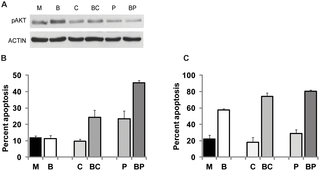Protective Effect of Egyptian Propolis against Rabbit
Pasteurellosis
BioMed Research International
The present study was conducted to study the protective
effect of ethanolic extract of propolis given subcutaneously (S/C) either alone
or in combination with inactivated formalized Pasteurella multocida (P.
multocida) vaccine in rabbits challenged with virulent P. multocida strain.
Twenty-eight New-Zealand rabbits, 6–8 weeks old and not
vaccinated against pasteurellosis, were randomly divided into four equal
groups. Group (1) was kept as nonvaccinated control. Group (2) was injected S/C
with propolis. Group (3) was vaccinated (S/C) with P. multocida vaccine only.
Group (4) was injected with vaccine mixed with propolis as adjuvant. Groups (2,
3, and 4) received the same doses of propolis and vaccine after 4 weeks as a
booster dose.
The experiment continued for six weeks during which clinical
signs, body weight, and mortality rate were recorded. Blood samples were
collected every 2 weeks of treatment for evaluating the erythrogram and
biochemical parameters. At the end of six weeks, all groups were subjected to
challenge with a virulent strain of P. multocida. Two weeks later, tissue
specimens were collected from different organs for histopathological
investigation. Results showed that before challenge all rabbits of different
groups were apparently healthy and had good appetite.
After challenge, control group (1) showed acute form of the
disease, 100% mortality rate, and severe histopathological changes. Rabbits of
groups (2 and 3) showed less severe clinical signs, mortality rate, and
histopathological changes than control. Rabbits of group (4) were apparently
healthy with normal histological picture.
In conclusion, an ethanolic extract of propolis injected
alone or combined with formalized inactivated P. multocida vaccine improved
general health conditions, liver and kidney functions in addition to reduction
of the severity of adverse clinical signs, mortality rates, and
histopathological changes associated with challenge of rabbits with P.
multocida strain.




















